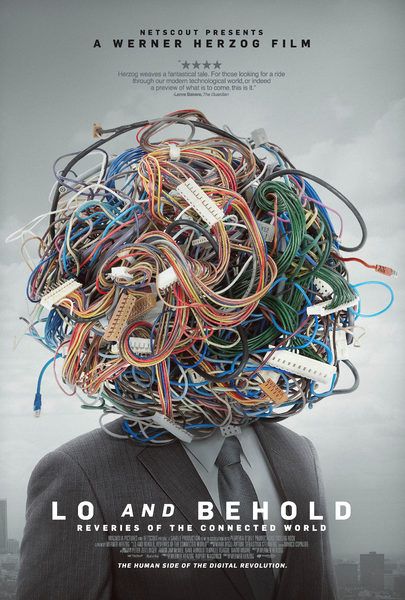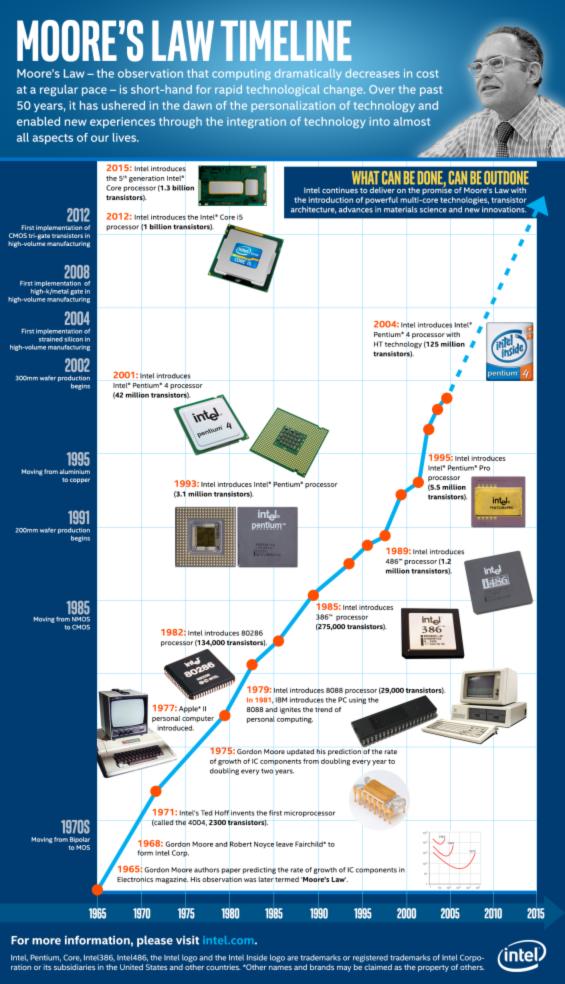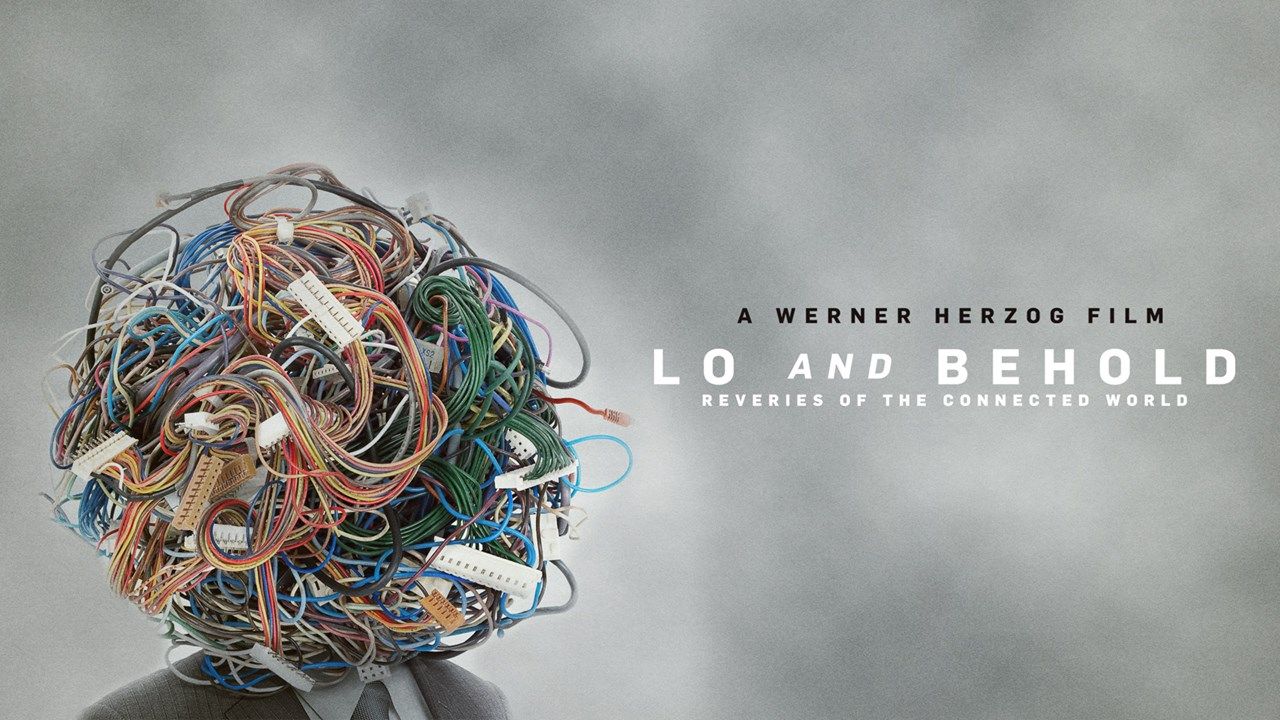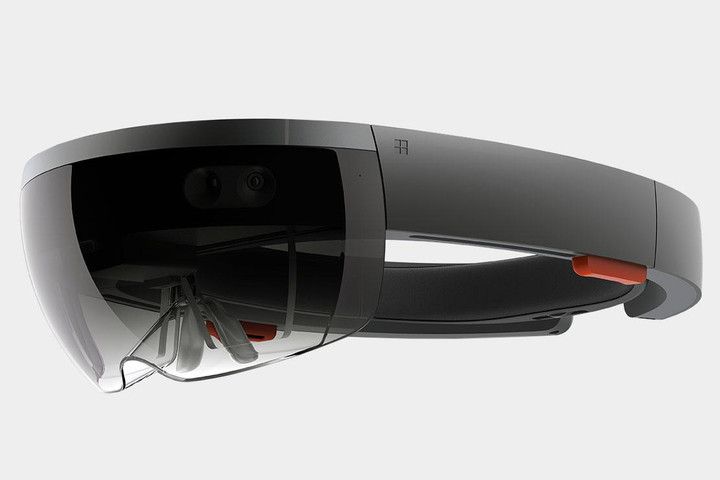Legendary master filmmaker Werner Herzog examines the past, present and constantly evolving future of the Internet in Lo and Behold: Reveries of the Connected World. Working with NETSCOUT, a world leader in-real time service assurance and cybersecurity, which came aboard as a producer and led him into a new world, Herzog conducted original interviews with cyberspace pioneers and prophets such as PayPal and Tesla co-founder Elon Musk, Internet protocol inventor Bob Kahn, and famed hacker Kevin Mitnick. These provocative conversatons reveal the ways in which the online world has transformed how virtually everything in the real world works, from business to education, space travel to healthcare, and the very heart of how we conduct our personal relationships.
Category: business – Page 276
Change is coming; will you be ready?
I remember many decades ago when folks were trying to learn a new OS that changed businesses, governments/ educational institutions, and households around the world. That OS was called Windows; and hearing the stories as well as watching people try to use a PC and a mouse was interesting then.
Now, the world will again go through a large scale metamorphosis again when more and more QC is evolved and made available over the next 5 to 7 years in the technology mainstream. Change is often necessary and often can be good as well.
You might ask yourself, “What is quantum computing, and how do I get involved?”
Before we begin to explain quantum computing, a brief glimpse of the past is essential to understand how quantum computing came to be.
As Hewlett-Packard Enterprise Co. (HPE) Discover 2016 opens tomorrow in the Venetian/Palazzo in Las Vegas, the big question hanging over it is: Quo Vadis HPE? Last month the company surprised the industry with the announcement that it would spin off its huge consulting division, the second time in a year it has split itself in half. What is left is the core hardware division of HPE stripped of almost everything extraneous. It is still one of the largest vendors in the industry, with an aging business with huge revenues but shrinking margins facing major competition from every side. It is also a company with huge potential. This conference will be the forum for HPE to unveil its plans for the future.
theCUBE will be at Discover 2016 starting tomorrow, for three days of wall-to-wall interviews with key executives from HPE, its partners and customers. Watch streaming coverage live and find out what is happening behind the headlines with the probing interviews conducted by the industry experts from SiliconANGLE Media, led by co-CEOs John Furrier and David Vellante. And if you have your own questions, you can post them on the #HPEDiscover CrowdChat that will run parallel to the conference. Furrier in particular monitors CrowdChat and will use questions people post there. If you are at the conference you can watch the replays later to pick up things you missed and get more depth on the trends.
The two spin-offs have left HPE in a strong position financially. It has rid itself of nearly all its debt and is still throwing off huge amounts of cash from its hardware business. However, the IT infrastructure market is changing radically under pricing pressure from the big cloud providers with their hyperscale data centers. In the last 18 months we have seen IBM sell its entire x86-based business to Lenovo Group Ltd. and Dell Inc. announce that it will purchase EMC, both clear responses to this margin pressure. While the hardware market is growing with the new, high-volume computing environments such as social media, Intel-powered servers in particular are rapidly becoming commoditized. One way or another, HPE needs to transform. Intel Inside will not be enough to sustain it as it is today.
Nice.
LetterOne, the investment vehicle owned by Russian tycoon Mikhail Fridman, has launched L1 Health in the US and appointed Diageo chairman Dr Franz Humer to the firm’s advisory board.
L1 Health will target up to $3bn (£2.1bn) of investments in the global healthcare sector over the next three years “with the goal of making sizeable equity investments in businesses that it can support and help grow for significant periods of time”, the group said.
LetterOne said it chose to base the new venture in the US so as to be closer to the markets it wishes to enter, and it plans to focus on “areas where scale, market consolidation and efficiency improvements can drive value”. LetterOne added that L1 Health is already looking at a variety of investment opportunities.
New Russian technologies, including phonecall interception and a facial recognition app, have stirred a fierce debate about privacy and data monitoring.
Infowatch, a Moscow-based IT security company managed by businesswoman Natalya Kasperskaya, found itself in hot water last month after it revealed it had invented a system that companies can use to intercept employees’ mobile phone conversations.
Companies outside Russia have also devised call interception software, and Infowatch already markets products that monitor employees’ e-mails, USB keys and printers.
Click on photo to start video.
Legendary master filmmaker Werner Herzog (Grizzly Man, Cave of Forgotten Dreams) examines the past, present and constantly evolving future of the Internet in Lo And Behold: Reveries Of The Connected World. Herzog conducted original interviews with cyberspace pioneers and prophets such as PayPal and Tesla co-founder Elon Musk, Internet protocol inventor Bob Kahn, and famed hacker Kevin Mitnick. These provocative conversations reveal the ways in which the online world has transformed how virtually everything in the real world works, from business to education, space travel to healthcare, and the very heart of how we conduct our personal relationships.
See it in theatres, On Demand, Amazon Video and iTunes August 19th.
“HoloLens … is not just a headset. It’s also an API – called Windows Holographic — built by Microsoft to let developers code programs from the HoloLens itself. The company’s announcement that it’s opening Windows Holographic to partners means that they, too, will be able to build devices for its API platform. Anything that’s developed using that API should work as well on partner devices as on the HoloLens itself.”
Intel is in the midst of its biggest business transition ever. Just a few months ago, the chip giant announced that it would be laying off 11,000 workers and taking a step away from the PC market. Instead, it’ll be focusing on wearables and IoT devices. Coinciding with those announcements was an executive shuffle that put Navin Shenoy, its Mobile Client VP, in charge of its wider Client Computing Group (which covers all consumer devices). At Computex this week, we had a chance to pick Shenoy’s brain about Intel’s path forward.
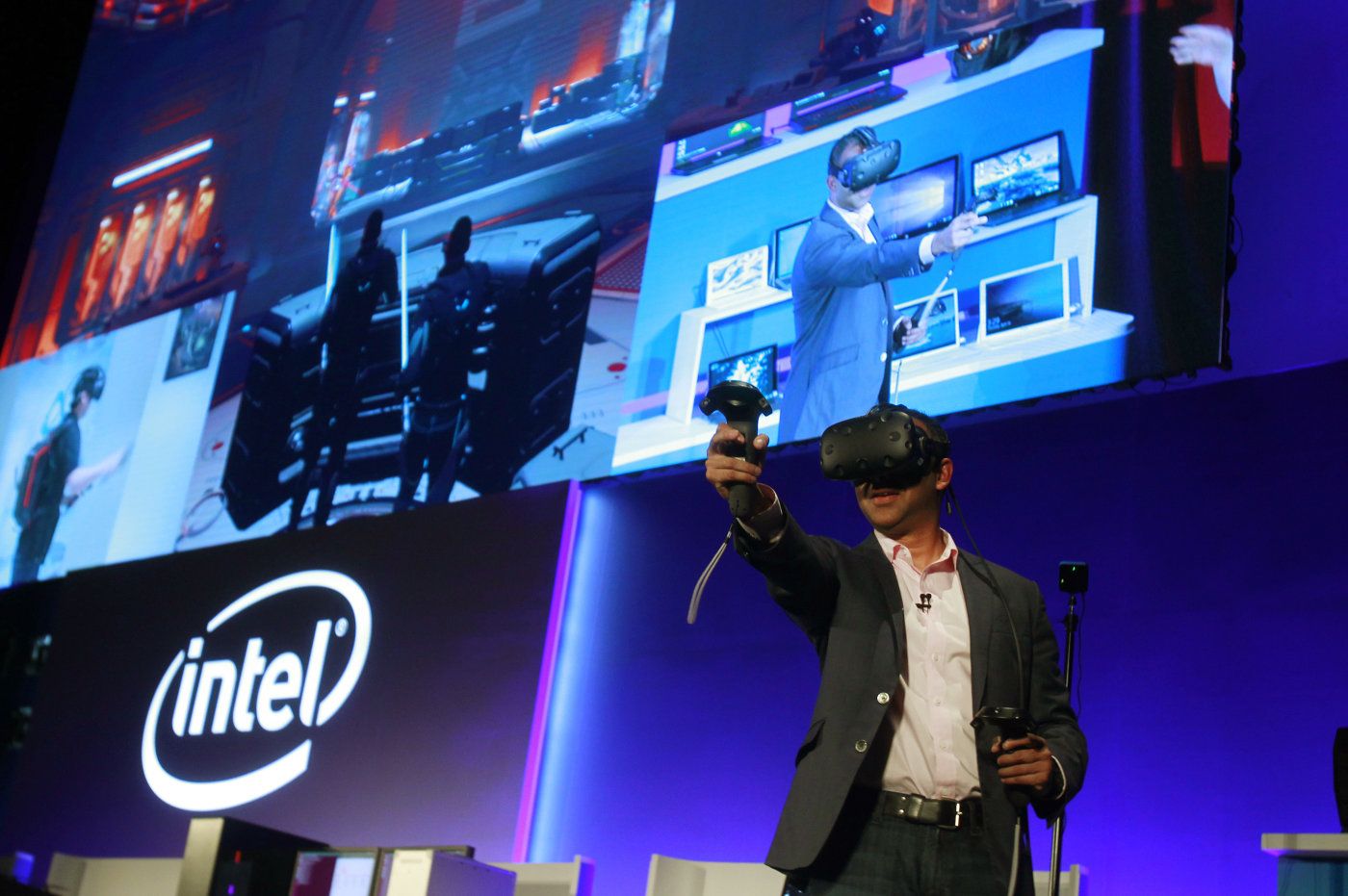
What do you envision being the next major breakthrough for PC form factor?
We’re working on lots of things that are mind-blowing. To me, we have to figure out how to get to J.A.R.V.I.S. [Iron Man’s trusty AI, not Intel’s vaporware earpiece]. The ability to manipulate things wherever you are, look at things wherever you are, talk to things in a more natural way. That’s the next big breakthrough in computing. And it will be in so many domains, it won’t just be PCs. It’ll be phones, tablets and also new types of things we haven’t conceived of yet.
Excellent story; glad that this bank in Australia is getting prepared for Quantum now instead of later which will be too late for some. Good news is that Wall Street as well as the US Government are getting educated on Quantum Computing. I do hope more and more businesses and institutions start developing their own internal QC expertise so that they are prepared for the switch that is coming across all industries.
The Commonwealth Bank’s decision to contribute millions of dollars to quantum computing research is not just about the significant commercial potential of the technology itself but also about developing its own in-house expertise in the area, according to chief information officer David Whiteing.
The bank last year committed to contributing $10 million over five years to UNSW’s Centre for Quantum Computation and Communication Technology (CQC2T). That was in addition to $5 million it announced in December 2014 that it would put towards the centre.
(Telstra last year announced it would also invest $10 million in the centre. The government’s $1.1b Innovation Agenda included $26 million for UNSW’s quantum computing research efforts.)
Invisible Driver Prank In A Tesla!
Posted in business
Learn 12 Free Magic Tricks! http://www.penguinmagic.com
Invisible Driver Prank Behind The Scenes ► http://bit.ly/1P18sq2
Uber Change Prank ► http://bit.ly/1SZtH0H
Business Inquiries Only:
